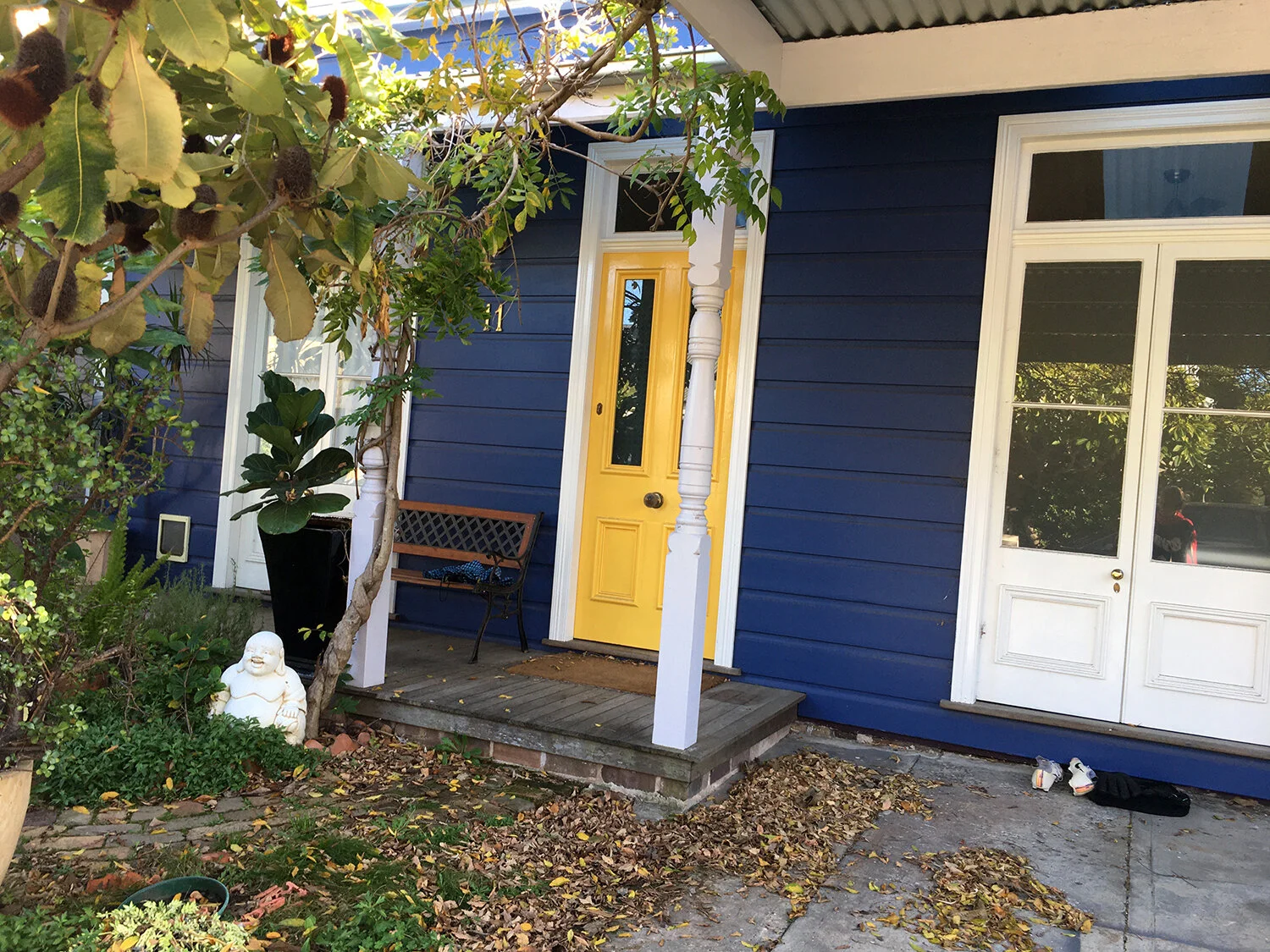March and April 2021
By March I was mainly hunting for street names. My exhibition was going to open on 17th April at Articulate project space in Leichhardt. Over the months of working on the project, I became more and more aware that the accumulation of female street names is a powerful statement as such. This had to manifest itself visually in the exhibition. I had mostly taken photos of the things I encountered in the streets and the signs just occasionally. It was only a few weeks ago that I realised I needed many more of those. I visited Penrith and Fairfield, Chester Hill, and Greenacre to name a few because there are clusters of female names in these suburbs. I think they were just taken out of the hat to name the many new streets in the sprawling residential developments over the last 30 years or so.
Streets named in the 19th century mostly refer to Colonial interests. Elizabeth Street which goes from the CBD to Zetland is named after the first wife of Governor Macquarie. Many of the countless Victoria roads and streets in Sydney would have been named after Queen Victoria, among them the one in Marrickville. There was a push from the Inner West Council last year to rename such streets with Aboriginal names.
But apart from Victoria and a few princesses, the naming of the older streets took place on a more domestic level. From what I could find in the online history archives, they were named after relatives of early property developers. One of them was Joshua Josephson, the son of a convict, who became a musician, a solicitor and the Mayor of Sydney at some stage. In Newtown, many streets were named after his daughters, his stepsister and his brother’s wife.
I found only one street with a first and a surname: Lilian Fowler Place in Marrickville. She was Australia’s first female mayor, serving as the mayor of Newton from 1937 to 1939. It seemed to show that Sydney doesn’t acknowledge the achievement of women in their naming of places. A historian pointed out later that some women may be mentioned only by their surname. But this is a half-hearted homage. Who would know that Lawson Avenue in Marrickville is named after Louisa Lawson? A poet, writer and feminist and the mother of Henry Lawson. But this is an entirely different area of research. Instead, I took the liberty to claim some of the street names as female, when they might have been someone’s surname, a flower or a place.
For the exhibition, I installed rows of photos with street signs running along the gallery walls like roads. Another part was to put a second set of photos into alphabetically labelled boxes. Visitors were encouraged to look for their name or for any woman’s name who has a meaning to them and take the photo home.








































































































